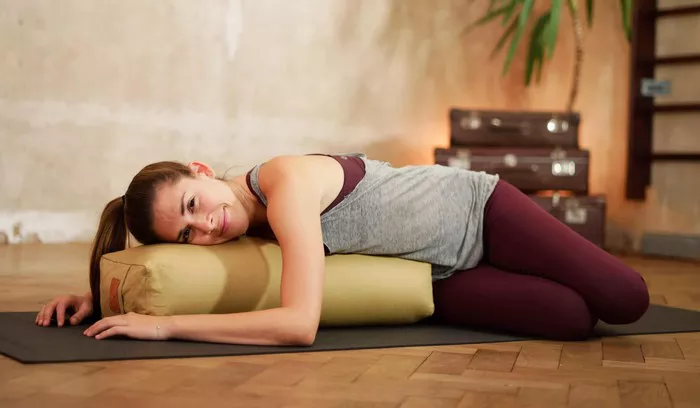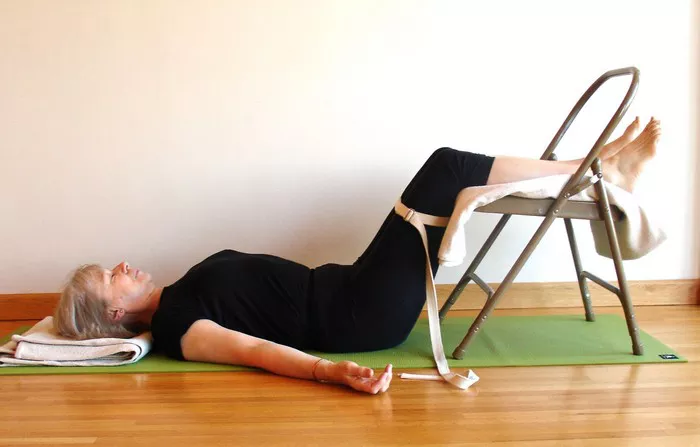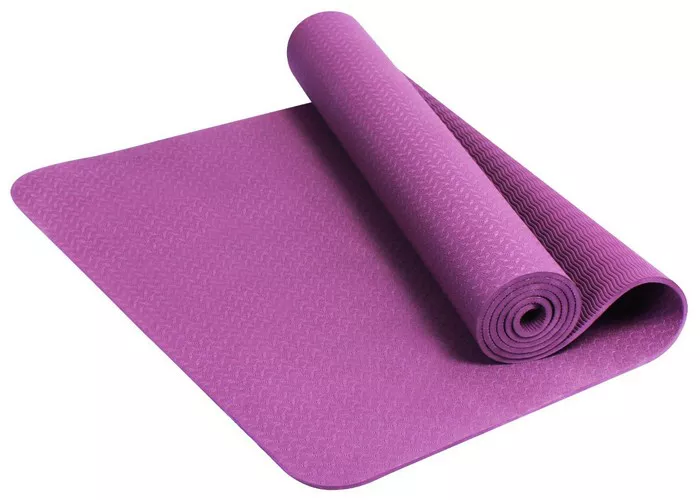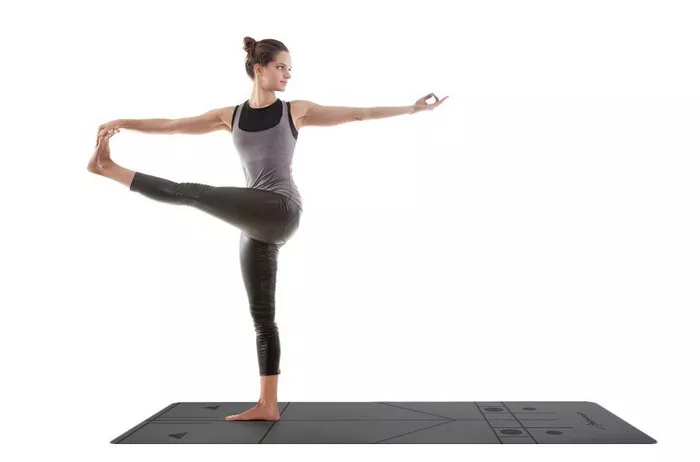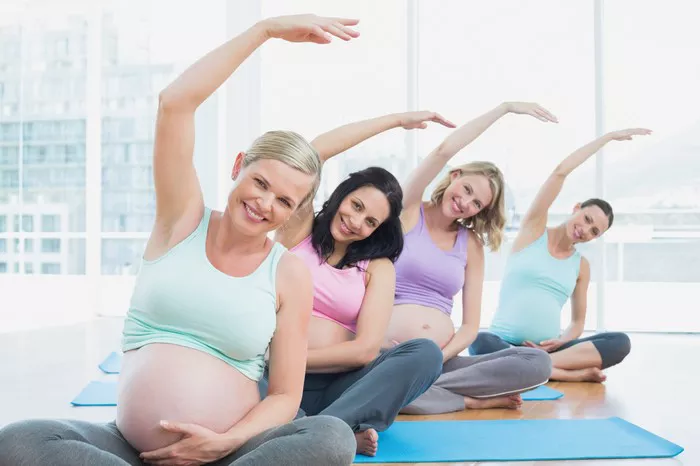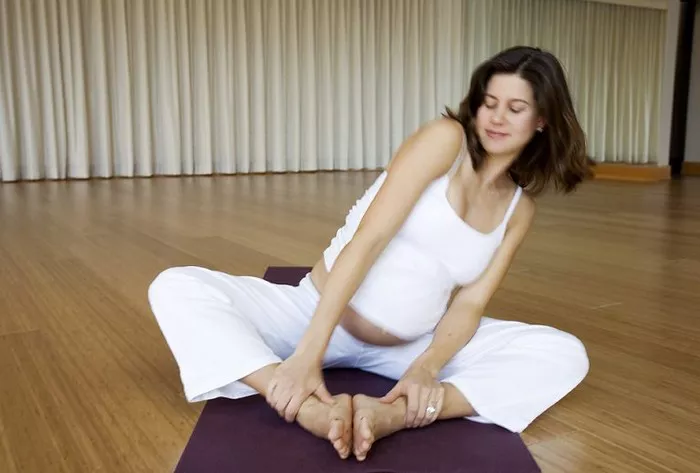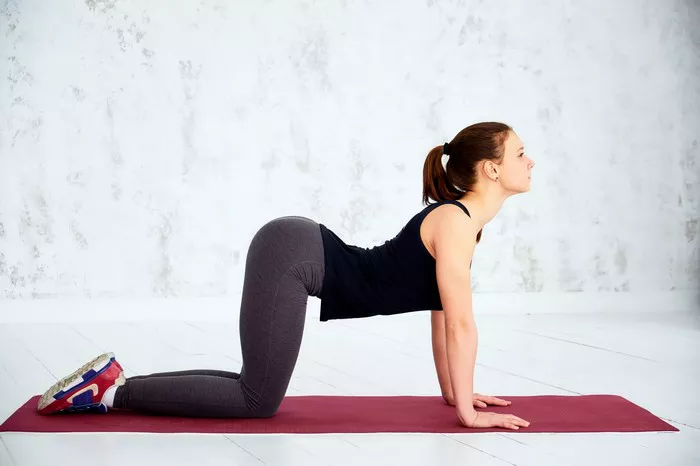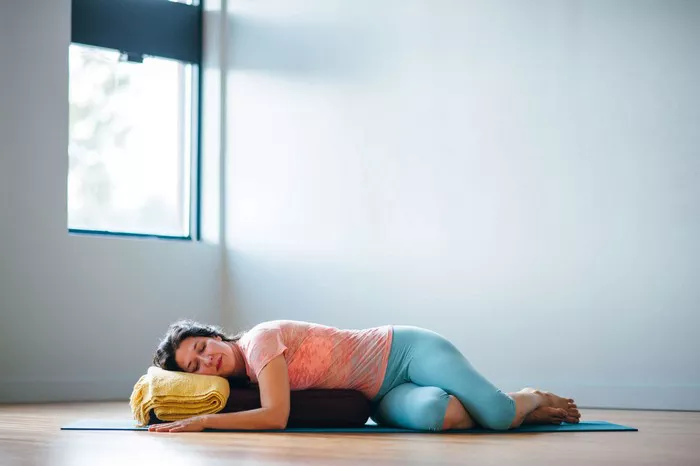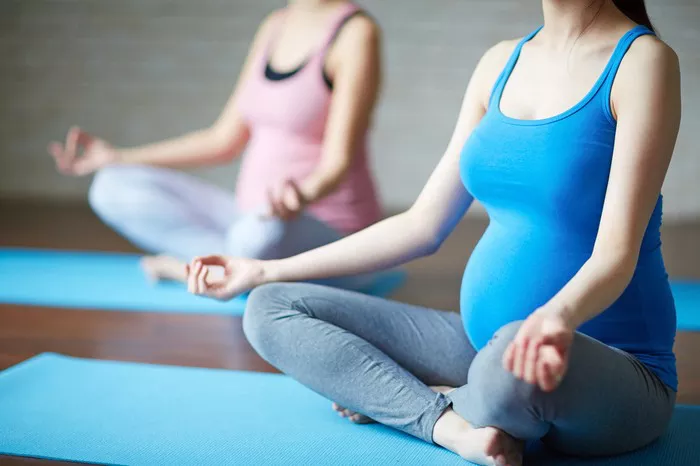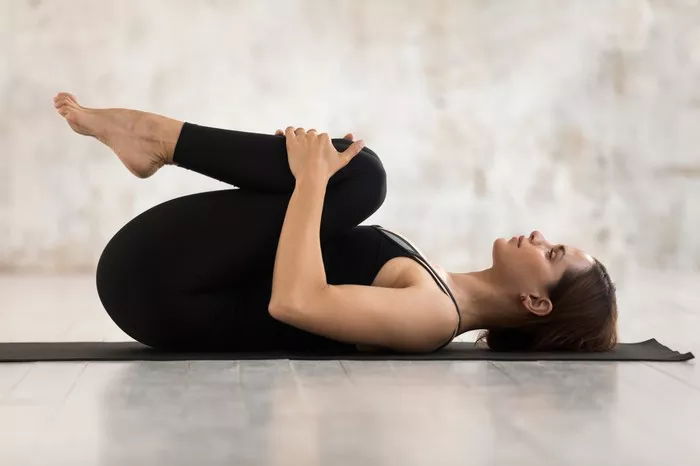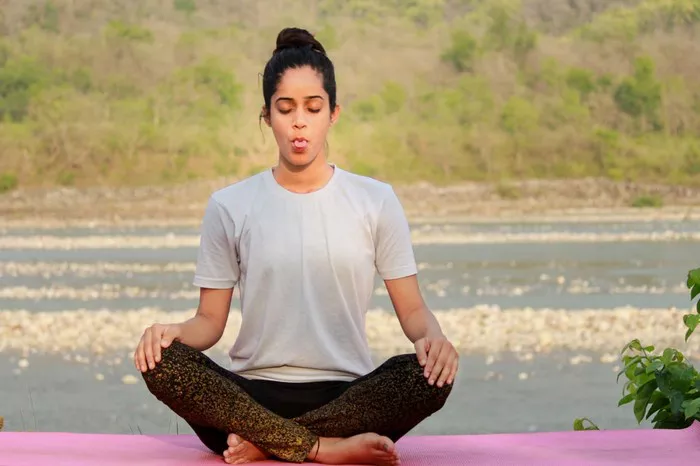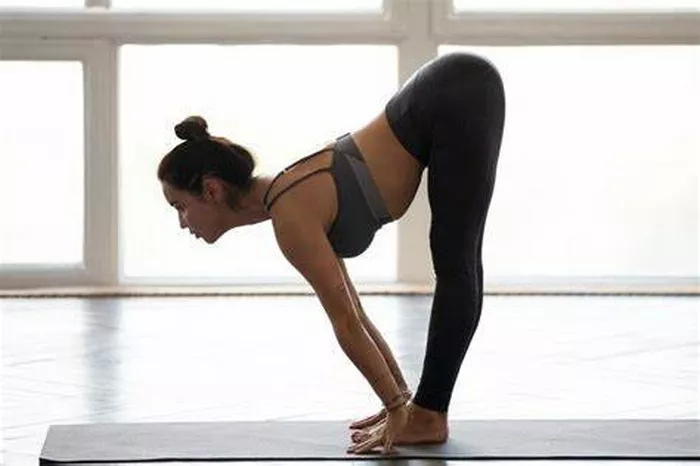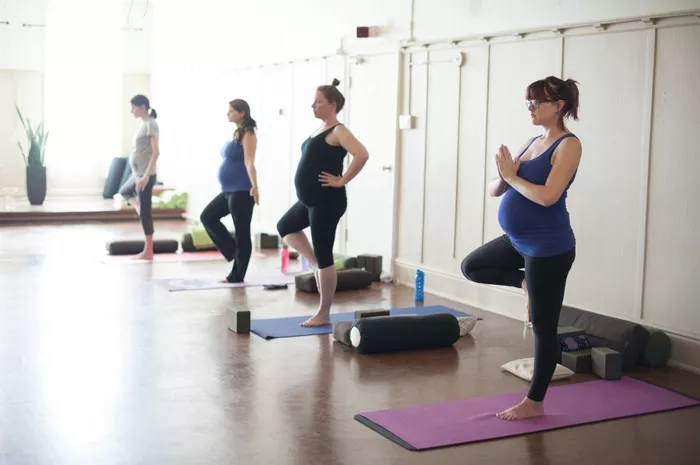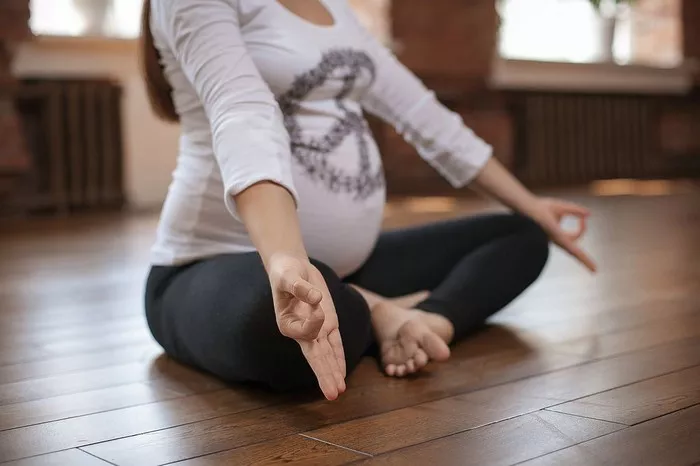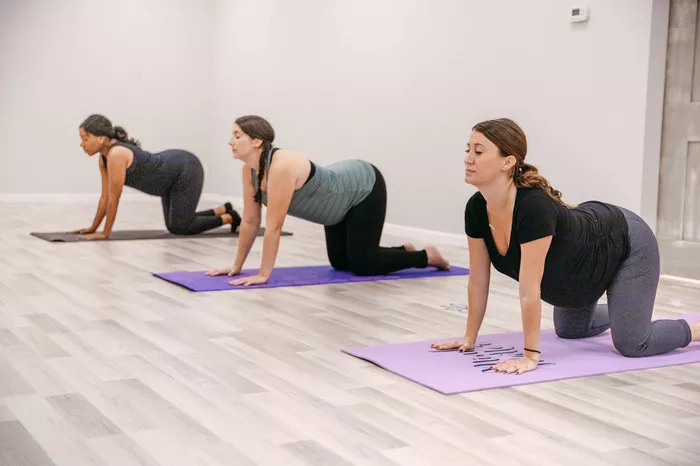Yoga offers a diverse range of poses that help enhance flexibility, strength, and mindfulness. Two commonly practiced backbends—Cobra Pose (Bhujangasana) and Upward-Facing Dog (Urdhva Mukha Svanasana)—often cause confusion due to their similar appearances. However, these poses have distinct differences in terms of alignment, muscle engagement, benefits, and contraindications. Understanding these distinctions can help practitioners choose the appropriate pose based on their needs and level of experience. This article will explore the differences between Cobra Pose and Upward-Facing Dog in detail.
Understanding Cobra Pose (Bhujangasana)
Cobra Pose is a foundational backbend commonly found in Hatha and Vinyasa yoga sequences. It is particularly known for its therapeutic benefits, especially in promoting spinal health and relieving tension.
How to Perform Cobra Pose
Starting Position – Begin by lying on your stomach with your legs extended and the tops of your feet pressing into the mat.
Hand Placement – Place your palms under your shoulders, elbows bent and close to your ribs.
Lifting the Chest – On an inhale, engage your back muscles and lift your chest while keeping your elbows slightly bent.
Engagement – Press lightly into your hands, but allow your spine and back muscles to do most of the work.
Lower Body Connection – The lower body remains in contact with the mat, including the pelvis and thighs.
Final Position – Keep your neck neutral, shoulders away from your ears, and gaze forward or slightly upward.
Hold & Release – Hold for a few breaths, then lower down with control.
Key Characteristics of Cobra Pose
- The elbows are bent and remain close to the body.
- The lower body, including thighs and pelvis, remains on the mat.
- The backbend is primarily achieved through spinal extension rather than pushing through the arms.
Benefits of Cobra Pose
- Strengthens the lower back muscles.
- Improves spinal flexibility and posture.
- Opens the chest and shoulders, counteracting the effects of prolonged sitting.
- Stimulates the abdominal organs, aiding digestion.
- Can help alleviate lower back pain when performed correctly.
Common Mistakes in Cobra Pose
- Overusing the arms rather than engaging the back muscles.
- Lifting the pelvis or thighs off the mat, turning it into a variation of Upward-Facing Dog.
- Compressing the lower back by overextending without engaging the core.
Understanding Upward-Facing Dog (Urdhva Mukha Svanasana)
Upward-Facing Dog is a deeper and more dynamic backbend, commonly practiced in Sun Salutations and Vinyasa flows. It requires greater strength and flexibility compared to Cobra Pose.
How to Perform Upward-Facing Dog
Starting Position – Lie on your stomach with your legs extended straight and feet hip-width apart.
Hand Placement – Place your palms beside your ribcage, fingers spread wide.
Lifting the Chest and Legs – On an inhale, press firmly into your hands, straighten your arms, and lift your chest and thighs off the mat.
Engagement – Roll your shoulders back, broaden your collarbones, and engage your glutes and quadriceps.
Final Position – Your arms should be fully extended, wrists aligned under shoulders, and thighs off the mat. Your weight is supported by your hands and the tops of your feet.
Hold & Release – Hold for a few breaths, then lower down or transition into another pose.
Key Characteristics of Upward-Facing Dog
- The arms are fully extended, with wrists directly under the shoulders.
- The thighs and pelvis are lifted off the mat.
- Greater spinal extension is achieved compared to Cobra Pose.
- Strong engagement of the legs and core is required for proper alignment.
Benefits of Upward-Facing Dog
- Strengthens the arms, shoulders, and upper back.
- Deeply stretches the chest, hip flexors, and abdomen.
- Improves spinal mobility and posture.
- Enhances breathing capacity by expanding the ribcage.
- Builds core and lower body strength through active engagement.
Common Mistakes in Upward-Facing Dog
- Collapsing into the shoulders instead of keeping them broad and engaged.
- Letting the thighs sag rather than lifting them with leg strength.
- Overarching the lower back without engaging the core, leading to discomfort.
Which Pose Should You Choose?
Beginners and Those with Limited Back Flexibility
Cobra Pose is an excellent starting point. It allows gradual strengthening of the back muscles and improves spinal mobility without excessive strain.
Building Strength and Practicing Vinyasa Yoga
Upward-Facing Dog is more suitable for intermediate to advanced practitioners who have developed the necessary strength in their arms, shoulders, and core.
Therapeutic and Gentle Practice
For those recovering from injuries or experiencing lower back discomfort, Cobra Pose is a safer choice due to its gentler nature.
Dynamic and Strength-Building Workouts
Upward-Facing Dog can be incorporated into fast-paced sequences, helping build endurance and full-body coordination.
Final Thoughts
Both Cobra Pose and Upward-Facing Dog offer unique benefits, but they should be practiced with proper alignment to avoid strain or injury. Cobra Pose is a milder backbend that prioritizes spinal extension and muscle engagement, making it accessible to most practitioners. Upward-Facing Dog, on the other hand, requires more strength and flexibility, offering a deeper stretch and more dynamic movement. By understanding these differences, yoga practitioners can make informed decisions about which pose to include in their practice based on their personal needs and goals.
Related Topics:

